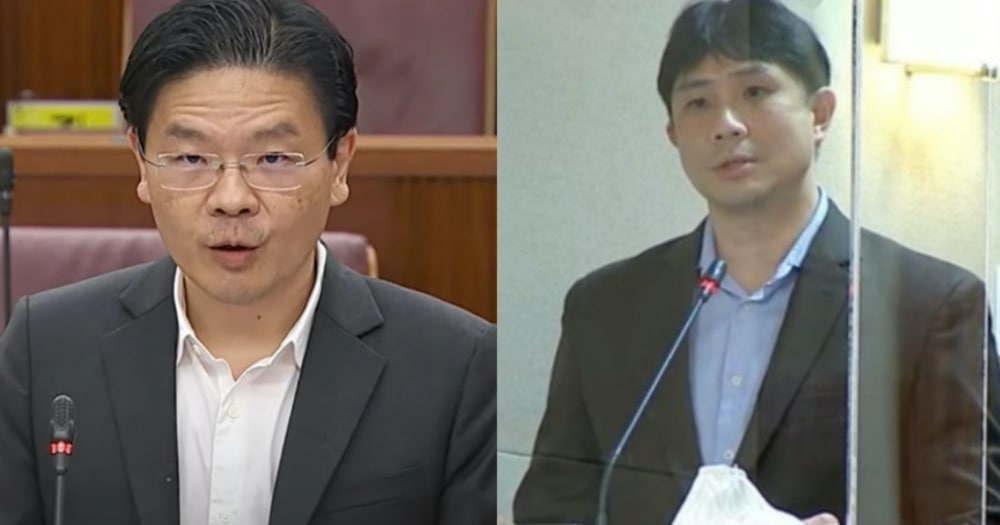The Ministry of Education (MOE) will continue to ensure that it has a high quality teaching force and a healthy pupil-teacher-ratio (PTR), Education Minister Lawrence Wong reassured the parliament on Mar. 3, during the Ministry of Education (MOE) Committee of Supply Debate.
Earlier, Wong told the parliament that when Members of Parliament (MP) cite Singapore's larger class size compared to OECD (Organisation for Economic Co-operation and Development) norms, he hopes that they "understand that it is not that we have fewer teachers as compared to the OECD countries".
Compared to other OECD countries, Singapore "devote[s] a larger share of our teachers’ time to activities that are crucial for students’ holistic development, such as CCAs, lesson preparation, and professional development", Wong added.
Wong was responding to Sengkang GRC MP Jamus Lim's comments on Singapore's larger class sizes and higher teacher-pupil-ratios compared to OECD countries.
Jamus Lim: Our class sizes & teacher-pupil-ratios remain too high
In his earlier speech, Lim said that while the trend of class sizes has improved over time, Singapore continues to have one of the highest average class sizes among advanced countries.
The Workers' Party (WP) MP said that Singapore amounted to 33 students per class in primary and secondary schools in 2019.
In contrast, Lim noticed that the average number among industrialised economies is a little more than 20.
Lim said that Singapore's pupil-teacher ratio of 15 at primary level is "hardly satisfactory" in light of the fact that these numbers are lower than countries such as Denmark (12), Austria (11), and Luxembourg (9).
Wong: Pupil-teacher-ratio has improved
Wong explained that it is more relevant to compare teacher numbers with student enrolment numbers.
Wong noticed that the pupil-teacher-ratio has improved over the last decade, from about 19 and 16 in 2010, to about 15 and 12 currently for primary and secondary levels respectively.
Wong said,
"So the question is really about how we choose to allocate our teachers across our education system. Today, we are deliberate in deploying them (the teachers) where they can maximise their impact as part of our needs-based resourcing approach. So we deploy more teachers for students at the earliest grade levels or with greater needs."
Wong also addressed NCMP Hazel Poa's note about the reduction in the teaching force, clarifying that while there has been a slight decline in recent years, MOE had broadly maintained its teaching force at about 32,000.
Wong noted that Poa is using figures from the Budget Book, which has had some definitional changes over the years, and so may not provide a meaningful year-to-year comparison. Wong suggested that regular information can be found in the Education Statistics Digest online.
Wong said that lower primary class sizes are set at 30, and MOE's learning support programmes run in class sizes of eight to 10.
Foundation subjects in upper primary are taught in smaller classes, between 10 to 20 students in most instances, he said.
Teacher quality as the critical element for students excelling in international studies
On Lim's point that private tuition played a role in Singaporean students excelling in international studies, despite large class sizes, Wong said that OECD and other research point to teacher quality as being the critical element in influencing student learning and performance.
Lim has earlier said that part of the reason why Singapore students were able to produce among the best test scores worldwide was Singaporeans' heavy reliance on supplementary education.
Lim noted that Singaporeans spent $1.4 billion on such additional private tuition.
In conclusion, Wong thanked Lim for acknowledging the hard work and efforts of our educators in schools, saying that "I think we are on the same page."
Top photos from MCI Youtube.
If you like what you read, follow us on Facebook, Instagram, Twitter and Telegram to get the latest updates.
